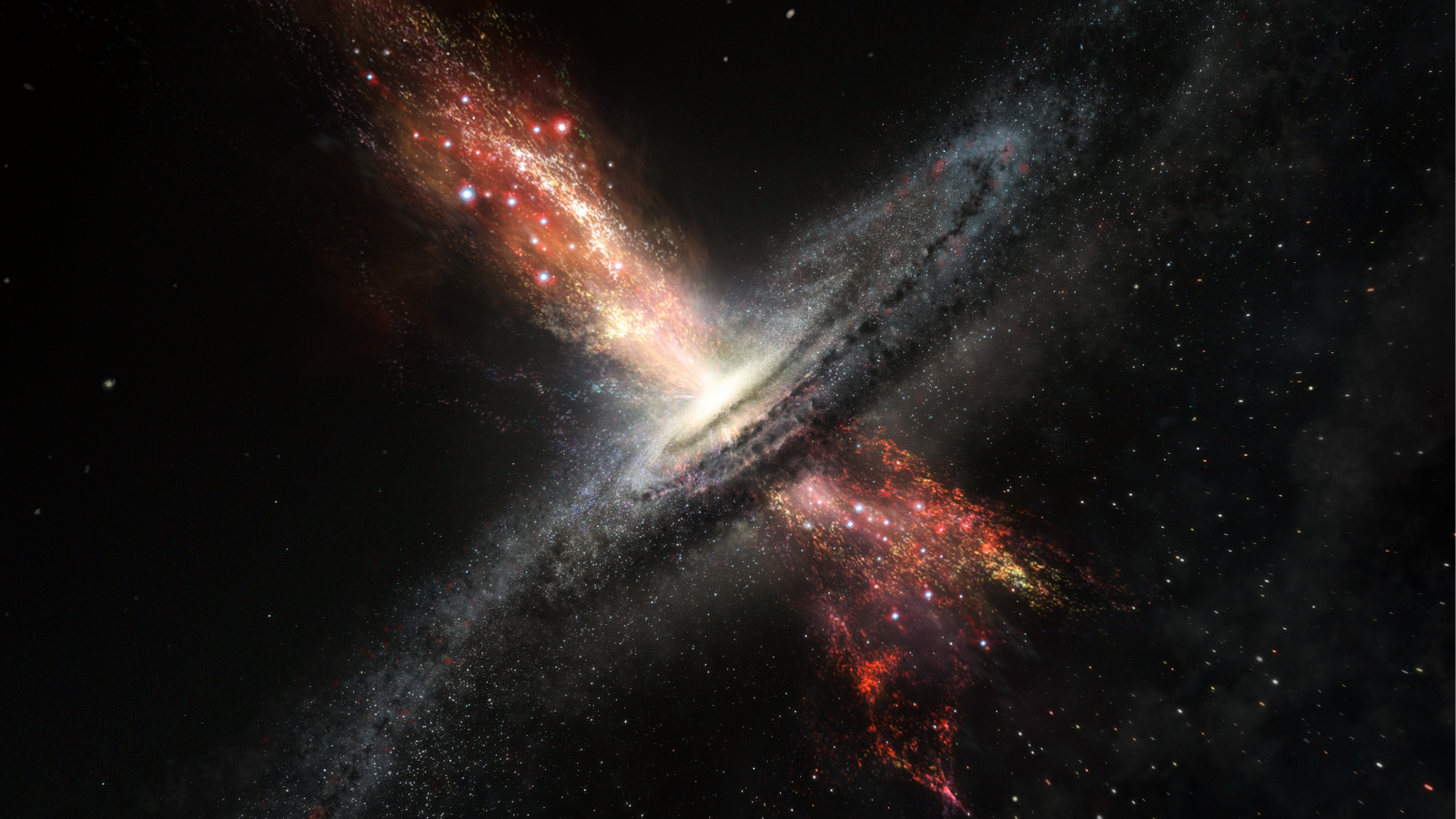NASA Delays JWST Launch by 2 Years To Stem Cost Growth
NASA plans to delay the launch of the James Webb Space Telescope (JWST) nearly two years, to 2013, to cope with $1 billion in cost growth on the mission, a senior program official said.
Paul Geithner, JWST program executive at NASA Headquarters here, said the agency elected in September to cover the additional costs rather than scale back the mission's science objectives. The delay, he said, will soften the cost spike's impact on the lean budget years immediately ahead.
Geithner called the launch slip "a compromise between what JWST needs and what money is available, especially during the next two fiscal years."
The mission's estimated cost remains $4.5 billion, including spacecraft development, launch and operations, Geithner said in an interview. By delaying the launch 22 months, and relaxing certain technical requirements for making low-priority observations at certain wavelengths, NASA believes it can keep the ultimate price tag close to that level while keeping the mission's science objectives largely intact, he said.
The latest plan for the infrared observatory, the designated successor to NASA's Hubble Space Telescope, is expected to be finalized in April. It is based on the recommendations of a panel of astronomers dubbed the Science Assessment Team.
"When the cost increase came along we naturally asked ourselves what de-scope options do we have as a way to get cost down," Geithner said. "Basically the Science Assessment Team confirmed that the science case for JWST is at least as strong if not stronger than it was at the time of the last decadal survey when JWST was ranked No. 1."
The panel effectively nixed drastic cost-saving measures such as reducing the size of JWST's 6.5-meter mirror or dropping certain instruments. Instead, the members recommended relaxing some of the observatory's more-stringent manufacturing specifications that were tied to relatively low-priority science objectives.
Breaking space news, the latest updates on rocket launches, skywatching events and more!
In a related measure, NASA will drop a short-wavelength tunable filter that the Canadian Space Agency was going to provide as an enhancement to Webb's Fine Guidance Sensor. While important to astronomers interested in very specific wavelengths of light given off by celestial objects, the filter was considered among the lowest of Webb's science priorities, Geithner said.
Deleting the tunable filter will not save any money, but it will eliminate about 80 kilograms of mass from the telescope. That is important, Geithner said, given that engineers are trying to keep JWST's weight under 6,200 kilograms.
Geithner said giving up some of Webb's short-wavelength observing capabilities also should simplify testing and validation of the telescope.
While the launch slip will help NASA avoid big cash infusions on the program in the near term, Geithner conceded it will not save money in the long term. In fact, he said, about half of the $1 billion in cost growth is now attributable to the two-year delay.
"The net result of all of this is we are not going to get that $1 billion back but we've improved our risk posture and reduced the likelihood and magnitude of future overruns," Geithner said.
Because NASA has decided to absorb the cost increase on Webb, lower-priority astronomy programs will continue to face budgetary pressure in the years ahead.
"JWST and the Hubble Space Telescope are really the two biggest things in the universe division, so they sort of drive what else happens," Geithner said. He acknowledged there would be "collateral damage" to other space science missions from the Webb stretch-out.
"It's mainly SIM," he said, referring to the Space Interferometry Mission, an ambitious planet-finding observatory that already has had its launch date pushed back at least once in recent years.
JWST is being designed and built by Redondo Beach, Calif.-based Northrop Grumman Space Technology, which beat out Lockheed Martin Space Systems of Denver for the contract in late 2002.
Geithner said Northrop Grumman's contract, already worth over $1 billion, will grow again in light of the program changes, but would be specific. A contract modification, he said, will be negotiated and ready for signature by the time NASA formally adopts the new JWST plan in April.
Meanwhile, NASA is awaiting U.S. State Department approval to conclude a formal agreement with the European Space Agency to launch the Webb telescope aboard an Ariane 5 rocket.
While NASA Administrator Mike Griffin signed off in June on the use of the European rocket, Geithner said State is still reviewing the draft memorandum of understanding NASA intends to take to Europe to cement the deal.
Geithner said the Ariane launch is "not a done deal" because State has yet to approve the memorandum that would grant NASA the authority to negotiate with the European Space Agency. But he added that NASA intends to "pursue the Ariane offer" put forth by the Europeans.
Geithner said he expects NASA and the European Space Agency will conclude the launch agreement by the end of 2006.
Brian Berger is the Editor-in-Chief of SpaceNews, a bi-weekly space industry news magazine, and SpaceNews.com. He joined SpaceNews covering NASA in 1998 and was named Senior Staff Writer in 2004 before becoming Deputy Editor in 2008. Brian's reporting on NASA's 2003 Columbia space shuttle accident and received the Communications Award from the National Space Club Huntsville Chapter in 2019. Brian received a bachelor's degree in magazine production and editing from Ohio University's E.W. Scripps School of Journalism.
